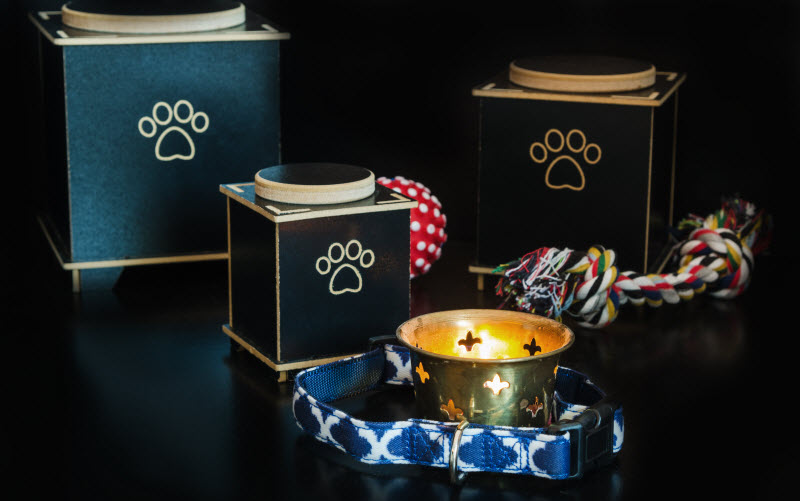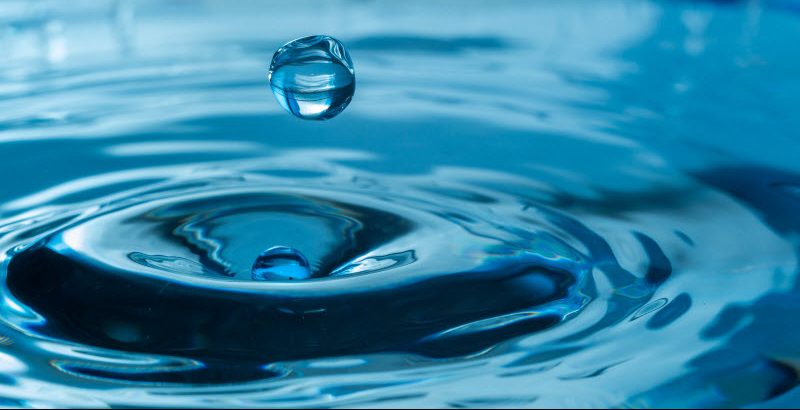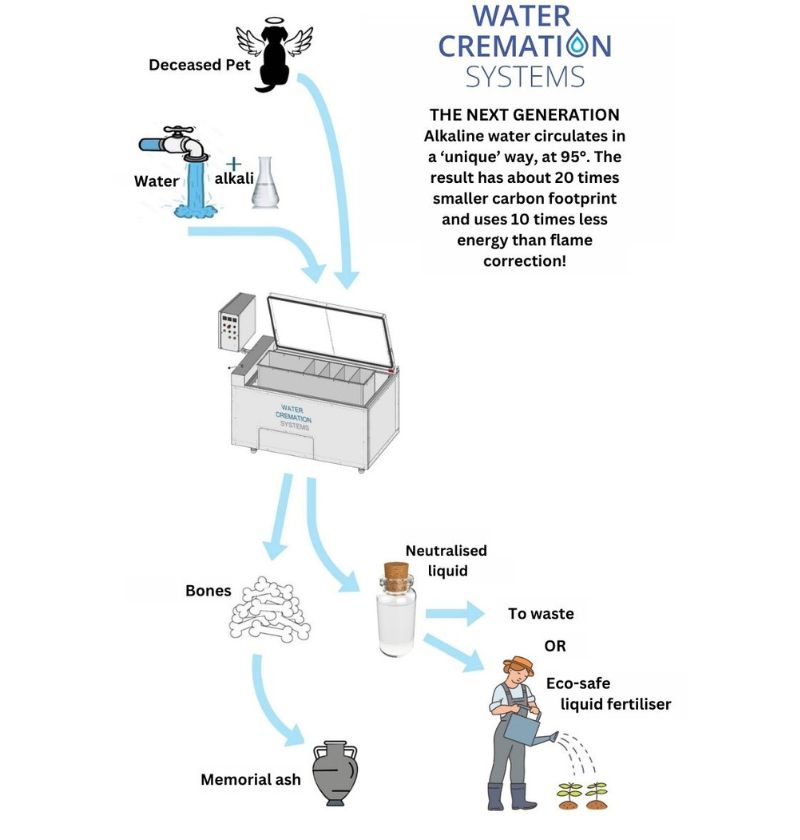Water cremation, also known as aquamation or alkaline hydrolysis, is fast becoming known as environmentally friendly cremation or a ‘greener’ alternative to traditional cremation. But many are unaware of the difference between traditional cremation and alkaline hydrolysis.
Here, we explain the processes of each and the advantages of water cremation.

What is traditional cremation?
Traditional cremation uses a process that exposes a body to open flames, intense heat and evaporation to reduce it to its essential elements.
In the process, bodies are placed in a specially designed furnace, fuelled by oil, gas or propane, generating extremely high temperatures to ensure the body is disintegrated.
The cremated remains are then cooled and sent to a special processor which grinds the bone fragments to ‘ashes’.

What is alkaline hydrolysis?
Alkaline hydrolysis, or aquamation, is a far gentler and natural process that uses water, heat and an alkaline solution.
When ready, the body is placed into a vessel or chamber within our specialised water cremation system.
The body is returned to its basic elements through the alkaline hydrolysis process.

The advantages of alkaline hydrolysis
The biggest advantage of the alkaline hydrolysis process is that it is a ‘greener’ alternative.
Unlike traditional cremation, alkaline hydrolysis does not produce direct emissions and can be completely carbon neutral.
According to National Geographic, water cremation leaves about a tenth of the carbon footprint of traditional cremation.
Everything in the alkaline hydrolysis process is recyclable, with the water used in the process able to be used as fertiliser because of its nutrient-rich content.
Our water cremation systems also reduce the time and cost associated with traditional methods, offering a more affordable and effective alternative.
Get in touch with Water Cremation Systems
We’re just a phone call away. Contact us to discuss your water cremation needs.


